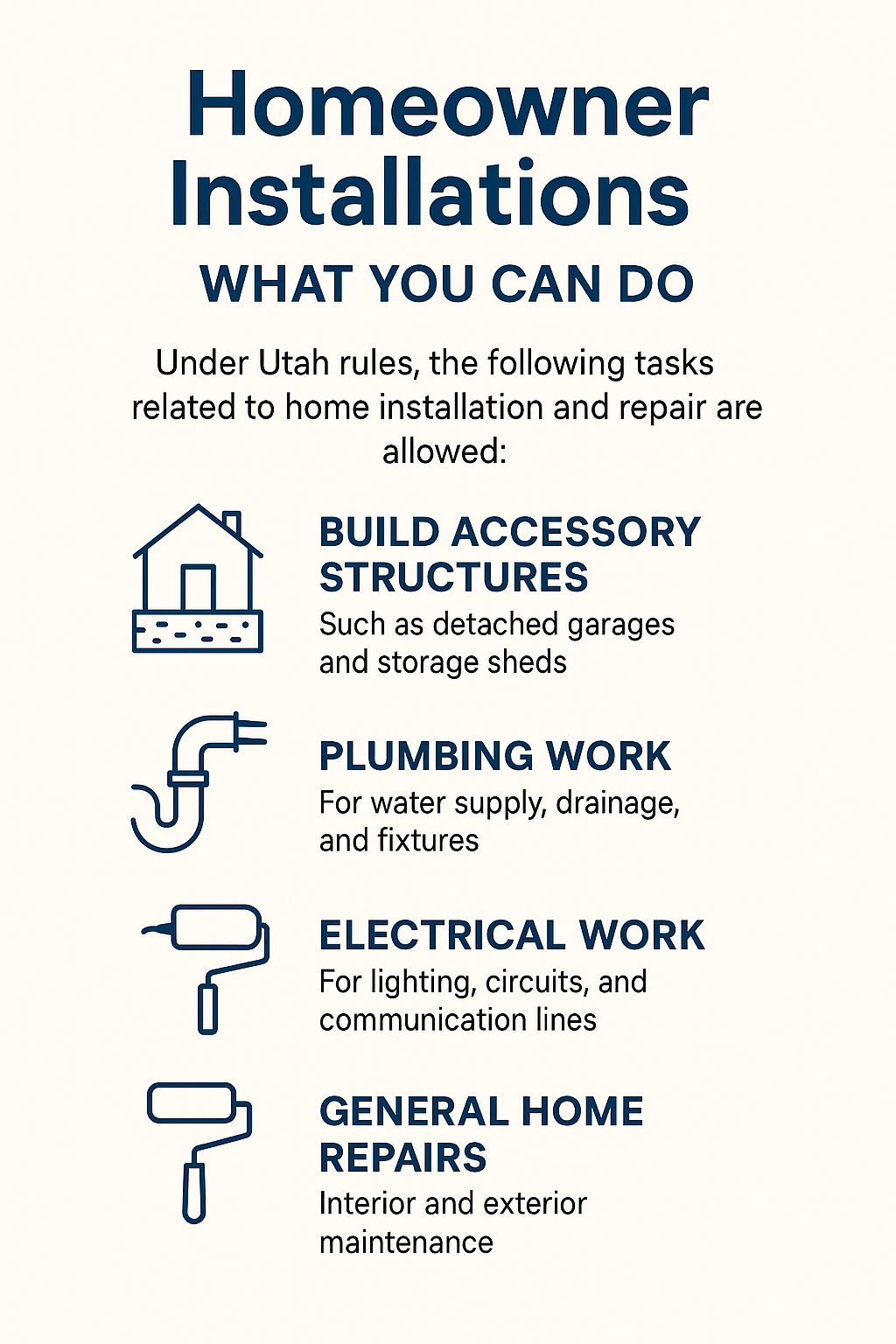Can You Dig a Septic System Yourself in Utah?
Please note: This is not legal advice.
If you're developing rural land in Utah, installing a septic system is often one of the first steps. With no access to municipal sewer lines, septic is the go-to solution for managing wastewater on residential and recreational lots.
But can you dig and install a septic system yourself in Utah? The short answer: not entirely. Utah allows some homeowner involvement, but strict rules apply—and in most cases, licensed professionals are required for design and inspection.
Here’s what you need to know before bringing in a backhoe.
Step 1: Understand Utah’s Septic Regulations
Septic systems in Utah are regulated by local health departments, not the state. That means requirements may vary slightly depending on the county—but most follow similar processes based on the Utah Administrative Code (R317-4).
All systems require:
Site and soil evaluation
Permitting through the local health department
Design approval
Installation inspection
Even if you plan to dig or install parts of the system yourself, these steps are non-negotiable.
Step 2: Hire a Certified Site Evaluator
Before any digging happens, you’ll need a certified individual (usually an engineer or designer) to perform a site and soil evaluation.
They’ll determine:
Soil type and percolation rate
Water table depth
Distance from water sources
Suitability of your site for a conventional septic system
This report is required for your permit application and cannot be skipped—even if you’re handling the physical labor.
Step 3: Submit a Septic Permit Application
With the site evaluation in hand, submit your application to the county health department. This usually includes:
A septic design plan
Site map with distances from property lines and water sources
Soil test results
Application fee (typically $200–$500 depending on the county)
The health department will review and issue a permit before you can begin installation.
Step 4: Homeowner Installations — What You Can Do
In some rural counties, Utah allows property owners to act as their own septic installer—if:
The permit is approved in your name
The design is done by a certified professional
You follow all code requirements exactly
A final inspection is performed before use
If allowed, you may be able to dig the trenches, set the tank, and install the drain field yourself or with the help of a licensed contractor. But some counties may still require a licensed installer for certain steps.
Always double-check with your local health department. Some areas will not allow owner installs at all, especially in environmentally sensitive zones.
Step 5: Pass Final Inspection
Once installed, your septic system must pass a final inspection before it can be used.
Inspectors will verify:
Proper tank placement and size
Correct drain field slope and materials
Minimum distance from wells, creeks, or buildings
Overall compliance with the submitted plan
If any part of the system doesn’t meet code, you may need to dig again or make costly corrections—so following the approved plan is critical.
Common Mistakes When Attempting DIY Septic
Skipping the soil test or trying to design the system yourself
Installing without a permit (fines and removal orders are possible)
Misjudging slope, tank elevation, or required setbacks
Not coordinating with a qualified inspector early in the process
Even if you're confident with excavation, the legal and environmental risks are high if you install a septic system without proper approval.
Summary: DIY Septic in Utah—Possible, but Limited
Can you dig your own septic system in Utah? Technically, yes—but with conditions:
A certified designer must evaluate and plan the system
You must get a permit from the county
DIY installation may be allowed if the county permits it
All systems require final inspection before use
For many landowners, the best approach is a hybrid: hire a designer and inspector, then do the digging and basic labor yourself to save on costs—if permitted.
Need Land That’s Septic-Ready?
Some of our lots already include prior soil tests or have been approved for septic use. Browse available properties › or contact us to find a lot that’s ready for your off-grid home, cabin, or trailer—with fewer permitting surprises.


